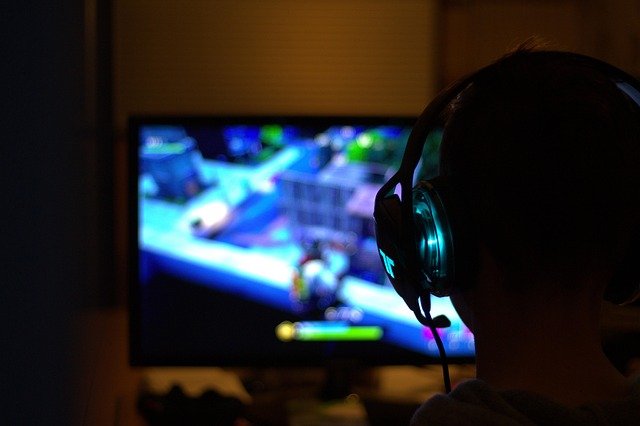Indie Horror's Unexpected Renaissance in the Digital Age
In the shadowy corners of the gaming world, a spine-chilling phenomenon is taking hold. Indie horror games, once relegated to niche audiences, are experiencing an unprecedented surge in popularity. This resurgence is not just a fleeting trend but a seismic shift in the gaming landscape, driven by innovative storytelling, unique gameplay mechanics, and the power of digital distribution platforms. As major studios focus on big-budget blockbusters, independent developers are carving out a thrilling new space in the horror genre, captivating players with their creative visions and pushing the boundaries of what it means to be scared in the digital realm.

Innovative Storytelling in Bite-Sized Nightmares
One of the key factors driving indie horror’s success is the genre’s ability to tell compelling stories in compact packages. Unlike their AAA counterparts, indie developers often focus on short, intense experiences that can be completed in a single sitting. This format allows for tightly crafted narratives that pack an emotional punch without overstaying their welcome. Games like Doki Doki Literature Club and Pony Island have shown how subverting player expectations can create lasting psychological impact, even in brief encounters.
The Allure of Lo-Fi Aesthetics
Indie horror games have turned technical limitations into stylistic strengths. Many developers embrace lo-fi graphics and minimalist sound design, creating an unsettling atmosphere that leaves much to the player’s imagination. This approach not only reduces development costs but also taps into a nostalgic vein for older horror games and analog horror media. Titles like Faith and World of Horror demonstrate how pixel art and simple color palettes can be used to craft deeply unsettling experiences that resonate with modern audiences.
Streaming Culture and Viral Fear
The rise of gaming content creators on platforms like YouTube and Twitch has been a boon for indie horror. These games, with their jump scares and psychological twists, make for compelling streaming content. Creators’ exaggerated reactions and the communal experience of watching someone navigate a terrifying scenario have turned many indie horror titles into viral sensations overnight. This symbiotic relationship between developers and content creators has created a new promotional ecosystem that benefits both parties and exposes these games to millions of potential players.
Pushing Boundaries in Interactivity and Meta-Horror
Indie developers are not content with simply recreating traditional horror tropes. Many are pushing the boundaries of interactivity and breaking the fourth wall in ways that challenge what a game can be. Titles like Doki Doki Literature Club and Imscared have incorporated elements that extend beyond the game itself, manipulating files on the player’s computer or sending in-game messages to create a sense that the horror is leaping out of the screen. This blurring of lines between game and reality adds a new dimension to the horror experience, one that is uniquely suited to the digital medium.
The Future of Fright: VR and Beyond
As virtual reality technology becomes more accessible, indie horror developers are at the forefront of exploring its potential for immersive scares. VR horror games like Dreadhalls and Affected: The Manor demonstrate how the added dimension of physical presence can elevate fear to new heights. With the continued evolution of VR and AR technologies, indie horror is poised to lead the charge into new frontiers of interactive terror, promising even more visceral and unforgettable experiences for brave players willing to face their fears head-on.
The indie horror renaissance is more than just a trend; it’s a testament to the enduring power of fear and the innovative spirit of independent developers. As these games continue to push creative boundaries and captivate audiences, they’re not just scaring players—they’re reshaping the entire landscape of horror gaming. In an industry often dominated by big-budget spectacles, indie horror proves that sometimes the most terrifying experiences come from the shadows, where passion, creativity, and a deep understanding of fear combine to create gaming experiences that will haunt players long after the screen goes dark.





